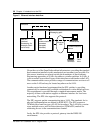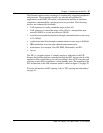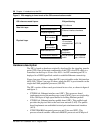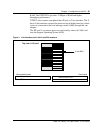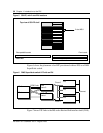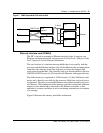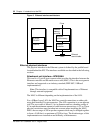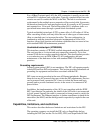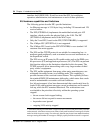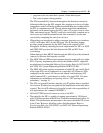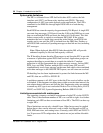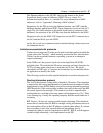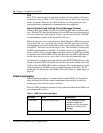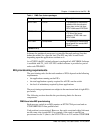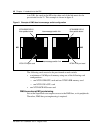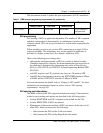
34 Chapter 1: Introduction to the EIU
297-8991-910 Standard 03.01 August 1999
interface shelf (SNSE LIS). Nortel has tested the EIU for installation,
operation, administration, and maintenance on each of these platforms.
EIU hardware capabilities and limitations
The following points describe EIU-specific limitations:
• An Ethernet message is 1518 bytes long, including 128 transmit and 128
receive buffers.
• The EIP (NT9X85AA) implements the unshielded twisted-pair AUI
interface, which provides the physical link to the LAN. The EIC
(NT9X84AA) implements most of the MAC layer.
• Only the 2-card EIU, based on the IPF (NTEX22BA/BB), is supported.
• The 4-Mbyte EIU (NTEX22AA) is not supported.
• The 8-Mbyte EIU, based on the IPF NTEX22BB, is now standard. All
customer sites must upgrade.
• The EIU and the TCP/IP protocols are suitable for connecting low- to
medium-speed peripherals, such as terminal servers and workstations, to
the SuperNode switch.
The EIU acts as an IP router for IP capable nodes such as the DMS-core,
file processors (FP) and application processors (AP). The EIU can perform
this function subject to the limitations identified in this document. The
TCP/IP protocols allow interworking with a very large number of third
party vendor’s equipment.
• The EIU, unlike equipment from many other major manufacturers, can
withstand a broadcast storm
1
or a babbling node. This capability is
possible because of the overload control feature. This capability follows
the standard DMS-100 maintenance philosophy, which states that a node
must be maintainable even under overload conditions.
In a lab environment, it has been demonstrated that a moderately heavily
loaded LAN with broadcast messages caused workstations and a router to
lock up, while the EIU remained functional. The workstations were
overloaded to the point that all activity within the operating system
stopped:
— the on-screen clock stopped ticking
— the cursor did not respond to mouse movements
— keystrokes were ignored
— outgoing LAN activity stopped
1. A broadcast message is issued from a single node and is received and processed by all nodes
on the network. A broadcast storm occurs when a faulty node broadcasts a message to all other
nodes for which it expects a reply. For each reply, the node may in turn issue another broadcast
message causing the number of messages to multiply rapidly until the network is congested.



